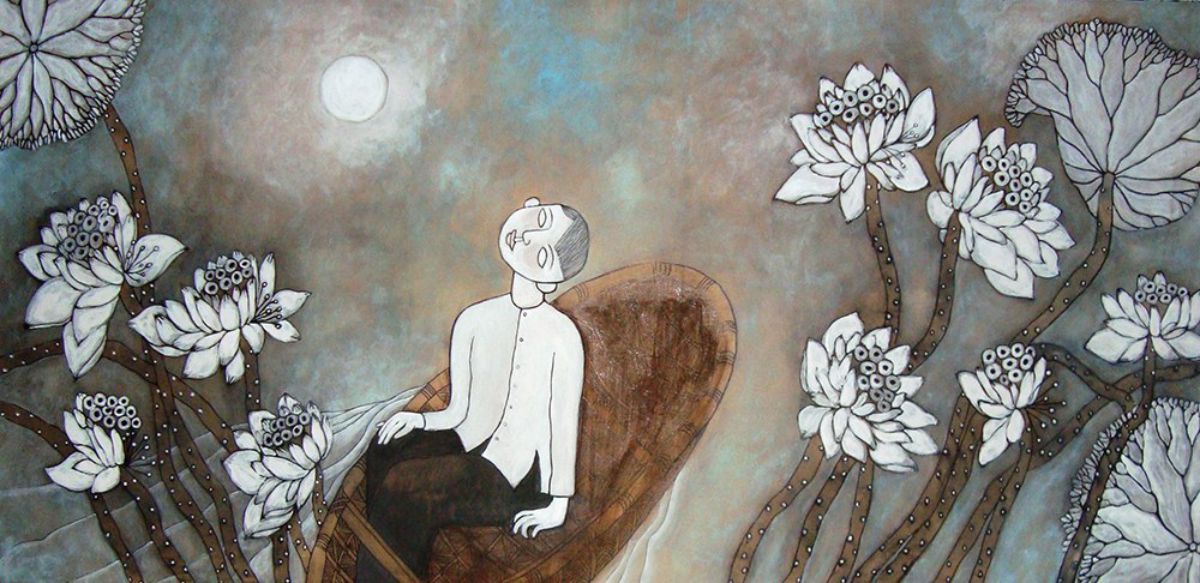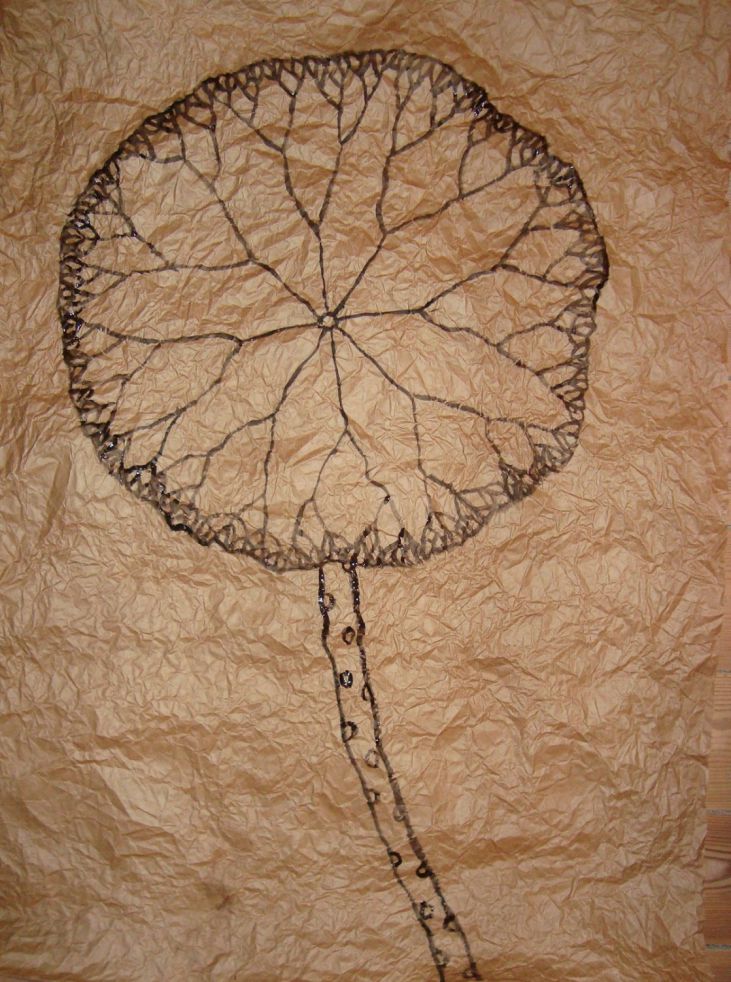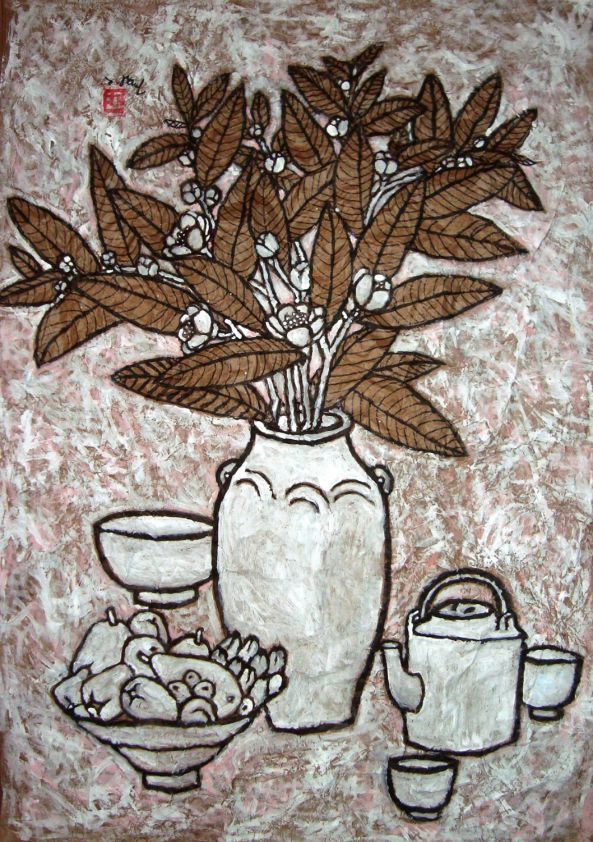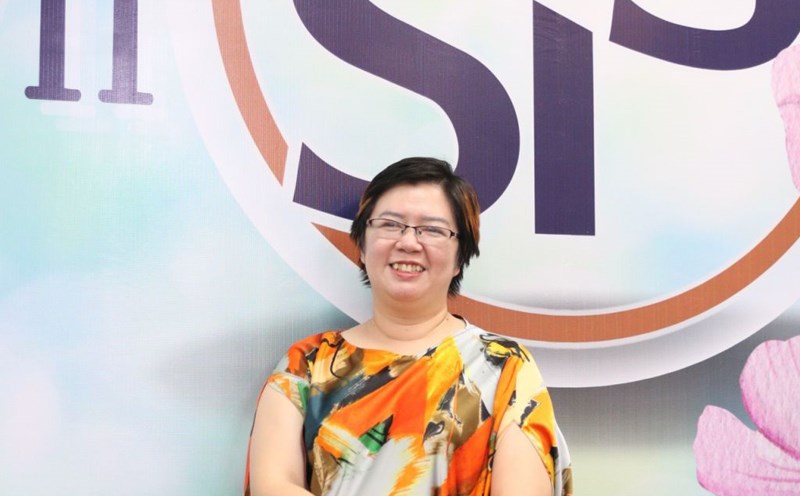1.
Scientific work - especially Dang Duong Bang, when he was only a Master in Biology - Chemistry, after 3 months of dedication, found and isolated a type of gene from yeast that has the ability to restore and repair DNA mutated by ultraviolet radiation that causes cancer. This result opened a new research direction for the laboratory where Dang Duong Bang worked and brought him a 5-year PhD scholarship in the Netherlands (1990-1995).
According to Professor Dang Duong Bang, the discovery of this gene was “like a fairy tale” for a person who traveled from Vietnam when there were only typewriters and no computers. Even the Dutch professor who created the conditions for Dang Duong Bang to go to the Netherlands could not believe it and exclaimed: “You must have found the crocodile gene somewhere else.” In the end, Dang Duong Bang only needed 3 more months to isolate the gene, proving that the gene found was sensitive to ultraviolet rays and was not a myth.
In 1998, Dang Duong Bang moved to Denmark to live and work, then received the title of Professor from the Technical University of Denmark in 2012. Receiving the title of Professor in Denmark is really difficult. For Dang Duong Bang, it is even more difficult, even though he has lived there for many years, he is not yet Danish, he still retains Vietnamese nationality.
2.
Born in Vinh Phuc, but Professor Dang Duong Bang's parents, grandparents, and 7 generations of his family tree were all from Van Ho village, Hanoi. When he was 2 or 3 days old, his mother put him in a basket, used a towel soaked in honey to keep him from crying, and went to Hanoi. Dang Duong Bang has a deep affection for Hanoi, because of the many ups and downs and memories associated with this land.
In the memory of high school student Dang Duong Bang, in the years 1965-1968, he and his friends and teachers had to evacuate because of the US bombing. In 1972, when he was defending his graduation thesis in the Biology - Chemistry Department of Hanoi University, he witnessed the consequences of the US bombing in Hanoi. His family's house in Ha Hoi (near the Kham Thien bombing site) was also affected: part of the tiled roof collapsed, breaking the piano.
But Hanoi is also the cradle of writers and poets - where he learned ballet during his summer vacation, and especially went to West Lake to learn painting with his uncle, painter Nguyen Tien Chung, and later other painters such as Pham Viet Song and Tran Dong Luong. Especially the affection and affection he later had for painter Bui Xuan Phai.
Hanoi retains the image of his grandmother and mother - strong-willed women, both strong and gentle, who loved him deeply. Hanoi is also a place where, for him, people live together with affection and respect for each other. A place where beauty and dignity are deeply ingrained in his subconscious.
Dang Duong Bang said, “Every time I return to Hanoi, I cry.” Hanoi is very different from his imagination and memories.




3.
However, “I have been away for many years but I am still Vietnamese,” Dang Duong Bang said. His love for Vietnam is preserved and spread in each painting. The young women in ao dai, the images of oil lamps, vases, teapots, cups, peach blossoms, lotus flowers, rose apples, persimmons, banh chung, banh giay... always come back again and again. He has a way of making these images stand out independently and yet be part of a tight overall composition. They are both luxurious and modern, but also somehow still retain their own rustic vitality. The way Dang Duong Bang paints gold on newspaper or traces on crumpled paper exploits the beauty of this contrast and unity to the fullest.
The moonlight in Dang Duong Bang's paintings is always full and radiant. He rarely paints lotus flowers in a shy state, but always in a state of full bloom when they are about to bear fruit. Each stamen is an open eye, each petal is as firm as a seed created by heaven and earth, where the leaf stalks grow with nodules and capillaries spreading everywhere, the whole ecosystem of ponds with frogs, dragonflies appears lively and joyful.
Dang Duong Bang always leaves a wide background with large areas of color. On it, he adds details such as flowers, objects, or animals, creating a lot of empty space in the painting. The empty spaces contain the “power of silence”, allowing the viewer to “talk” to it. He hides his probing eyes, so in the paintings of young girls, the viewer does not see any pupils drawn by him. They only see the rosy cheeks on the beautiful faces like the color of flowers, the color of fruits, making the whole painting charming, rosy, and attractive.
4.
If you ask Dang Duong Bang whether the joy in science or the joy in painting is greater, you will not receive a clear, separate answer. Because both make up who he is, complementing and supporting each other. When he is busy with science and needs to “release”, Dang Duong Bang turns to painting. Sometimes he also turns to music and poetry, because he cannot always paint when he wants to.
His paintings are not only imbued with Vietnamese Asian characteristics but also have a Western feel. The impression of ancient holy paintings, from frescoes in Danish churches from the 12th and 13th centuries, carpet motifs... naturally enter Dang Duong Bang's paintings because he spends a lot of time observing and admiring them.
Along with peach blossoms, lotus flowers, narcissus, camellias, lilies, and jade hairpins, tulips, anemones, and wild flowers on the roadsides of Northern Europe, and nameless flowers, are also present in Dang Duong Bang's paintings. His admiration for Nguyen Tu Nghiem, Bui Xuan Phai, and other special Vietnamese painters is probably not different from his admiration for Matisse, Picasso, Modigliani, etc. He sees the beauty of each person, each place, and immerses himself in it. His paintings have it all, but still have their own uniqueness.
Dang Duong Bang said that people love his paintings not because he is good, but because they can see his pure heart. For him, character radiates through his work, no matter what, when people do it with a beautiful soul, the product is naturally very beautiful, even though there may still be some mistakes.
5.
But to maintain dignity and a pure soul, one must be very strong in character. Be generous, love everyone but be strict with yourself. When he was alive, his mother taught him: You must live in such a way that when you die, everyone will cry but you can smile, because you have lived a beautiful life.
A young journalist asked Dang Duong Bang what he thought about the Danes, and he replied: The Danes are like coconuts. If you win their trust, you will be their friend for life.
“If the Danish are like coconuts, what are the Vietnamese like?” “In my opinion, they must be lotus flowers.” “I think Vietnam is like a communal house with a very large roof, with very large, sturdy pillars, the wind blows in from all over and then goes away, everything under that roof must be Vietnam.”
The “very big pillar” under the communal house roof is culture, is the code of conduct, is the family bond... So that each person is like a bamboo tree, like a lotus flower, in any circumstance, anywhere, standing tall and proud. Dang Duong Bang said that he tries to become a lotus flower...
Professor - painter Dang Duong Bang
Born in 1951.
Graduated from Biology - Chemistry, Hanoi University in 1972.
PhD in Molecular Genetics, specializing in DNA Repair at the Institute of Molecular Biology, Leiden University, the Netherlands, in 1996.
He is currently a Professor at the Technical University of Denmark.
During his more than 20 years working in Denmark, he successfully attracted 23 European programs, bringing in more than 190 million krone (more than 16.8 million USD) in research funding. He is the first and only Vietnamese person to receive the title of Professor in Denmark as well as in the 5 Nordic countries (including Denmark, Finland, Iceland, Norway, Sweden).
In the field of painting, he painted thousands of paintings with 40 solo exhibitions displayed in many places around the world: Australia, Denmark, Netherlands, France, United States, Japan, United Kingdom, Korea, Vietnam.
(Posted on the special edition of Labor Weekend Spring At Ty)











